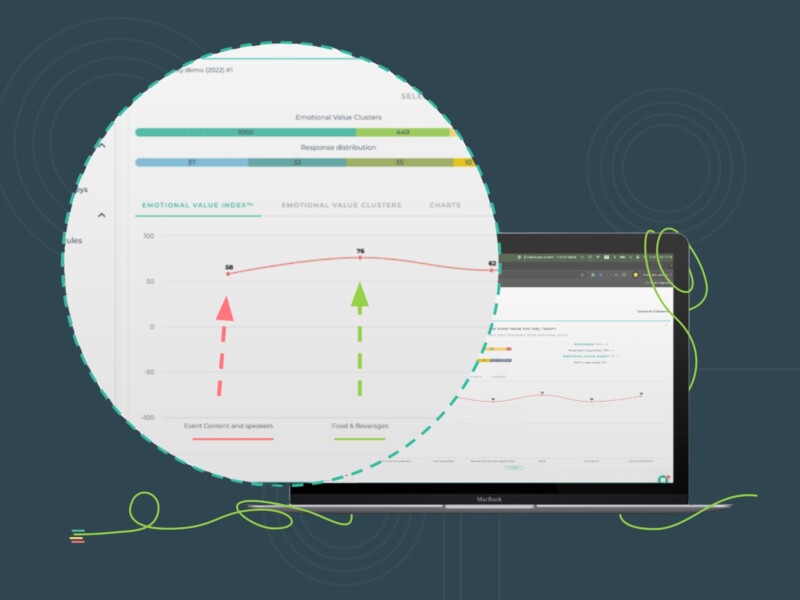Startup brands are always keen on learning how to attract and retain customers. While there’s no one-size fits model to keep customers happy, understanding your customers in and out can certainly help. This is where the customer journey comes in handy.
What is customer journey?
A customer journey, also known as the buyer’s journey, is a core element of any CX strategy. Call it the roadmap to understanding your customers! It traces the path taken by customers to engage with your business and purchase the product or service.
The customer journey starts when clients understand their need/want for a product, although they may not have come across your brand yet. It looks at both direct and indirect interactions of customers with your brand from beginning to end. Here are the five main stages of a customer journey.
- Awareness: Customer identifies the need for the product.
- Consideration: Customer researches the available options and compares them to find the ideal choice.
- Purchase: Customer buys the product from the selected brand.
- Retention: The brand continues to engage with the customers and tries to retain them for the long term.
- Loyalty: Following a satisfactory experience, the customer purchases again and promotes the brand to others.
As you might have gathered already, a customer journey is very complex in nature because customers get to know about your brand and get in touch with your services via a multitude of sources. The touchpoints through which customers engage with the brand may seem endless. In this case, breaking down the interactions into different phases and having separate customer journeys for different buyer personas can help.
Why customer journey is important?
From making a great first impression to keeping your clients loyal, a customer journey can help your business thrive and grow in many ways. In its essence, the buying journey helps you get to know your clients better. It gives you valuable insights into customer expectations, behavior, and preferences. Also, when you look at your brand and its products from the perspective of your clients, it becomes easier to determine the pitfalls and gaps between expectation and delivery.
By understanding your client base and their demographics, you can tailor your marketing and sales strategies to appeal to them. A customer journey also aids in establishing an engaging relationship with clients. It will improve retention rates and attract new customers. A business that invests an effort into studying its customers and meeting their expectations also has a better competitive edge over its rivals.
How to map your customer journeys?
The best way to understand the customer journey(s) related to your brand is to map it out. This way, you can view them whenever you need the buyers’ perspective to make a decision. By sketching the journey, you can also identify your strongest and weakest touchpoints and streamline the route for a consistent and smooth experience.
Before you map, it’s important to define its purpose. Remember that you can always have multiple customer journeys designed for different purposes or different types of buyers. So, think of what you intend to achieve from it.
Next, outline the demographics of your customer persona.For example, your Gen-Z clients will have shared behaviors, habits, expectations, and preferences. Create a comprehensive profile using these data.
Then, define the stages and outline all the touchpoints pertaining to the journey. Research and list out all the possible routes through which customers can reach out to you, browse your products and purchase them. Businesses that have an online and on-site presence have more touchpoints.
Finally, assign CX metrics to measure the experience delivered by each phase. For example, you can select EVI® to determine how customers feel about your businesses at a glance.KPIs will help you address pain points and improve the buying journey.
Download our free Customer Journey Map template!
Customer expectations evolve constantly, and the way they interact with businesses also changes. Therefore, you have to edit and improve your customer journey regularly to ensure you are up-to-date. If you need a headstart on customer journey mapping, download our free template. It is also easily customizable.




